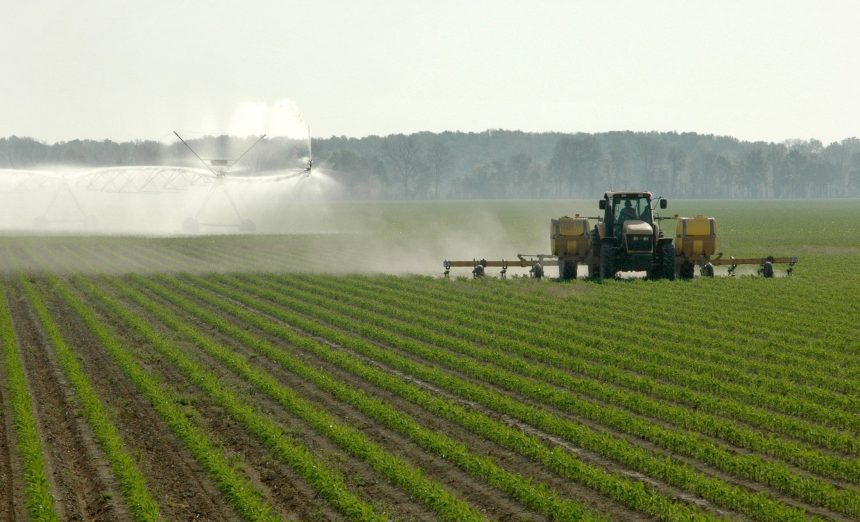Mississippi Commissioner of Agriculture and Commerce Andy Gipson is asking farmers and ranchers to report drought-related damages.
Due to the high temperatures and low volumes of rainfall, over two-thirds of the state is experiencing drought conditions. According to the latest U.S. Drought Monitor, nearly 70 percent of Mississippi is experiencing dry conditions with 36 percent experiencing severe to exceptional drought conditions.

The drought continues to have an impact on an increasing number of agricultural crops and livestock.
“It’s the worst drought we’ve seen in a long, long time,” Gipson said. “The Mississippi Department of Agriculture and Commerce is monitoring the conditions and keeping in close contact with our partners at USDA to evaluate the situation and determine which programs will be made available to those in affected areas.”
A U.S. Department of Agriculture secretarial disaster declaration has named two southwest Mississippi counties, Amite and Wilkinson, as disaster designation areas.
Farmers in these counties and the four contiguous counties, Adams, Franklin, Lincoln, and Pike, are eligible to be considered for USDA emergency loan assistance.
RELATED: Hottest week ever? 5 Mississippi cities see record-high temperatures
Currently, producers in 20 counties are eligible to apply for USDA’s livestock forage disaster program, which assists producers suffering grazing losses on native or improved pastureland due to a qualifying drought.
“Having timely and accurate information on how this drought is impacting our farmers is crucial and can make a difference in the availability of assistance programs. I highly encourage all farmers and ranchers affected to please contact your local USDA county office to report drought impacts and crop damage as well as reporting to the U.S. Drought Monitor,” Gipson added.
“Producers not registered with USDA should begin that process as soon as possible so you don’t miss important deadline dates. Crop insurance policyholders are encouraged to reach out to their providers for further guidance.”
The number of counties eligible for these programs is expected to increase. Farmers are urged to contact their local USDA offices for additional information on these programs.
Producers can report drought information to the U.S. Drought Monitor here.
The Mississippi State University Extension Service has a hay directory available for those in need of purchasing hay.







